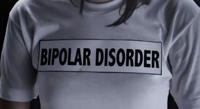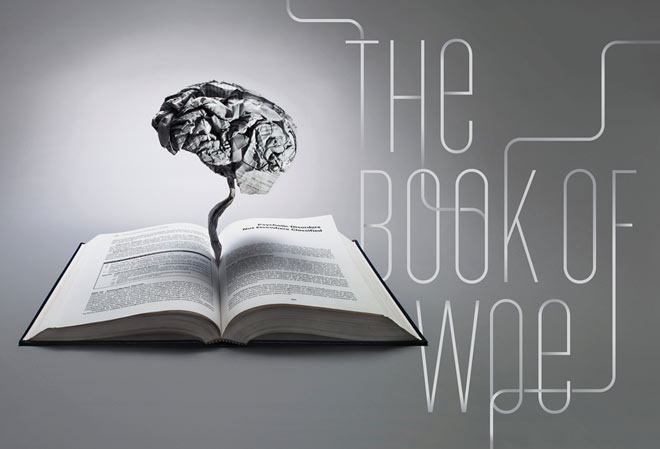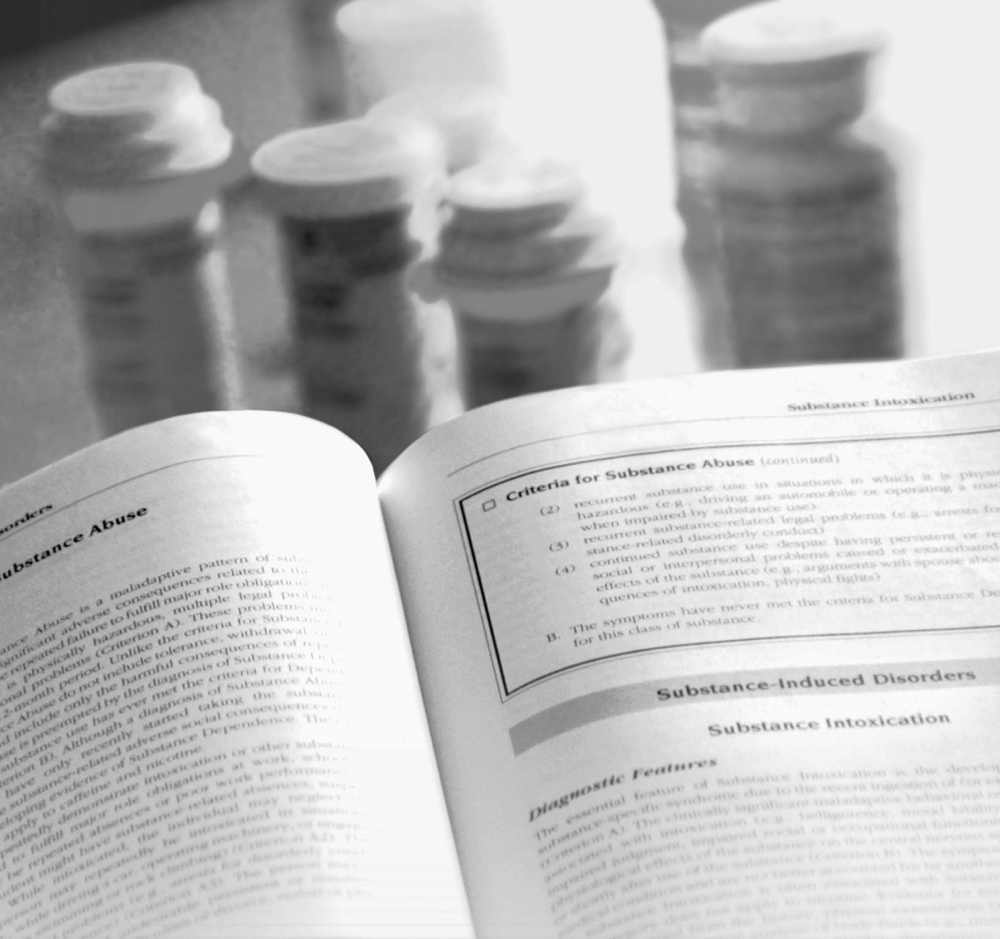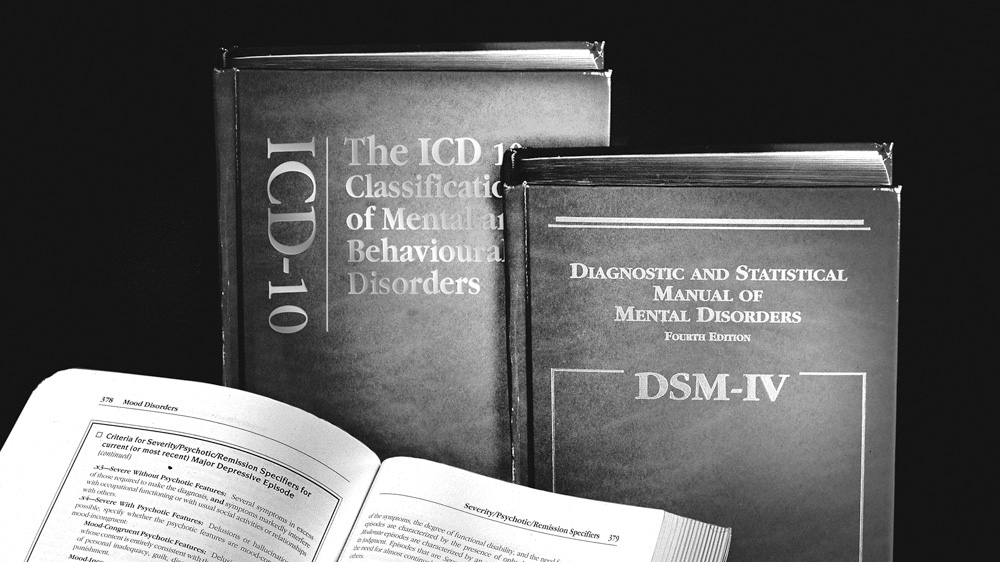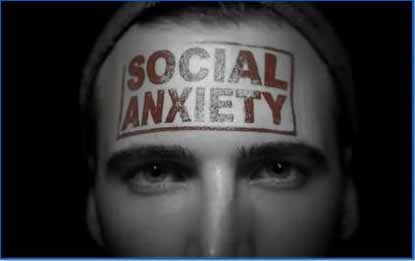SOME psychiatrists — the ones who don’t believe they are godlike creatures — are in a bit of a tizz these days. They are worried about all the damage they might have unwittingly done by misdiagnosing mental illness. Libyan leader Colonel Muammar Gaddafi could help to ease their furrowed brows. Some background, before I explain that apparent non-sequitur: In a soul-searching analysis of his profession in Wired magazine recently, US psychiatrist Dr Allen Frances declares that mental disorders “can’t be defined”, and it’s “bull—-” to suggest otherwise. Frances is lead editor of the DSM-IV, the fourth edition of the American Psychiatric Association’s Diagnostic and Statistical Manual. It’s a publication that has been described as “the bible” and “the imperial doctrine” of psychiatrists.
It’s what shrinks use, in their godlike wisdom, to decide whether or not you are mentally ill — and then to prescribe powerful, dangerous drugs, and other treatments that can turn you into a shadow of your former self. In the gut-wrenching Wired article, Frances says: “We psychiatrists have made mistakes that had terrible consequences.”
